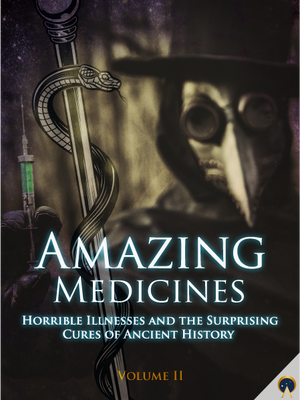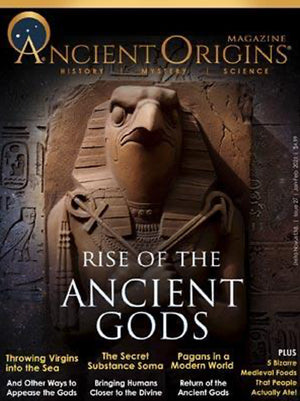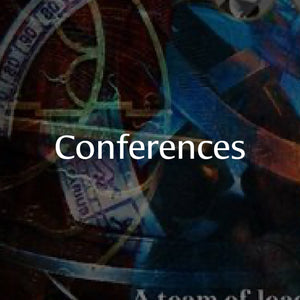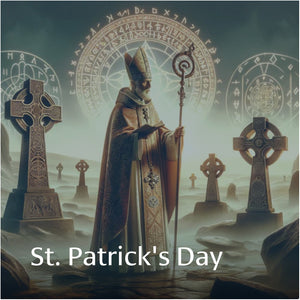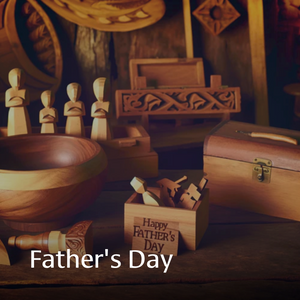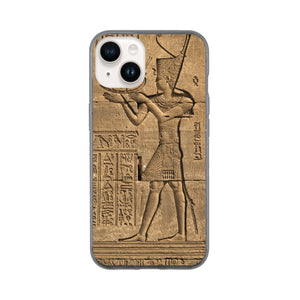
Which Macedonian Royal Lies in The Tomb at Amphipolis?
- Regular price
- $17.00
- Sale price
- $17.00
- Regular price
-
- Unit price
- per
-
Product Information
In the time of Alexander the Great and his successors, Amphipolis was one of the greatest cities of ancient Greece. It is situated upon the eastern bank of the River Strymon, about three miles inland from the northern shore of the Aegean Sea. Shortly after Alexander’s death, it became the site of the largest tomb ever built in Greece. This took the form of a circular tumulus, now named the Kasta Mound. A sequence of excavations has uncovered a perimeter wall, known as the peribolos, constructed of the finest marble. The presence of a cist grave beneath the floor of the last chamber and the exhumation of human remains within its anciently disturbed trench attest clearly to the status of the mound as the monument for a burial. The vastness of this monument and the superlative quality of its decoration compels one to believe that the occupant of the grave was a personage of the very highest importance. Andrew Michael Chugg investigates several tantalizing clues indicating a female member of the Macedonian royal house.
Andrew Michael Chugg read Natural Sciences at Trinity College in the University of Cambridge in the UK, graduating with honors. He has appeared as an Alexander expert on BBC Radio, and in several National Geographic TV documentaries. He has also written various books on Alexander including The Quest for the Tomb of Alexander the Great and Alexander’s Lovers. He recently completed a project to reconstruct the highly influential account of Alexander’s reign by Cleitarchus, which was written in Alexandria in the second quarter of the third century BC, but which has been lost since the time of the Roman Empire. The entire reconstruction was published in a single 700-page volume in 2015. Andrew is currently working on an account of the largest and most important tomb ever found in Greece in the Kasta Mound at Amphipolis, and on a scientific analysis of the Pharos lighthouse in Alexandria, the Seventh Wonder of the ancient world.

